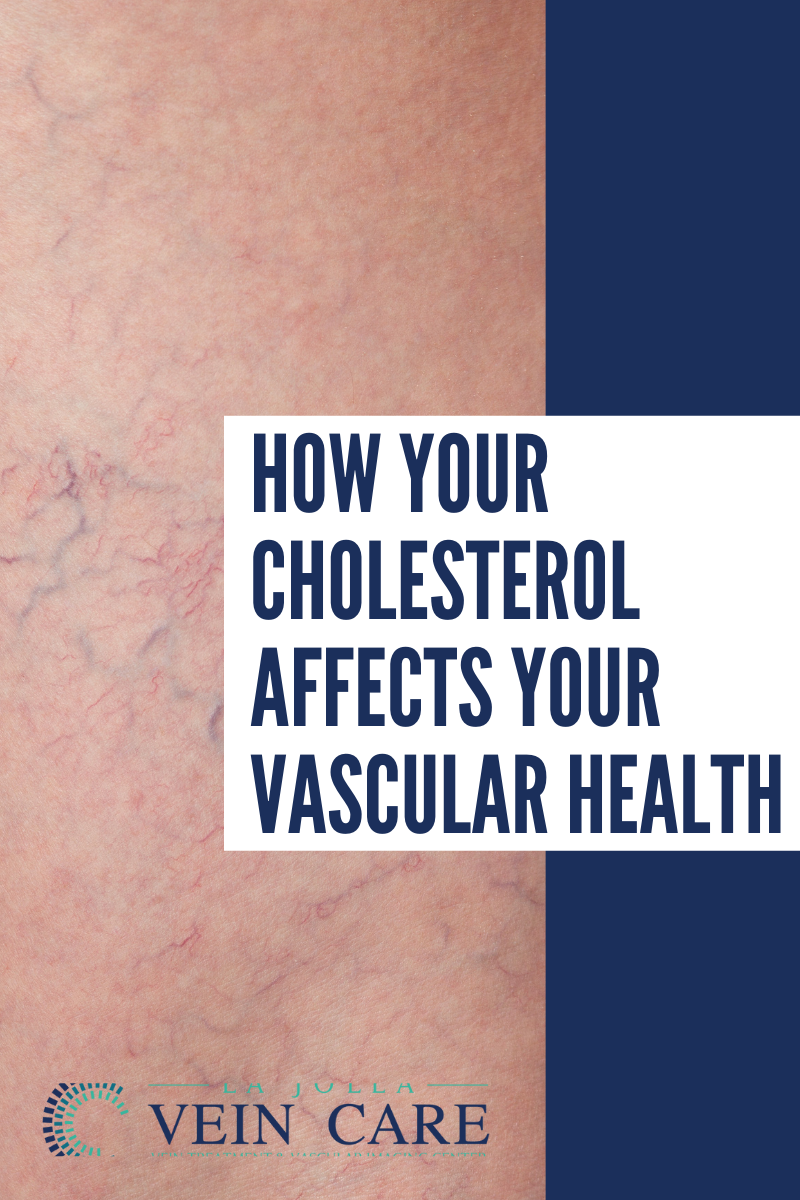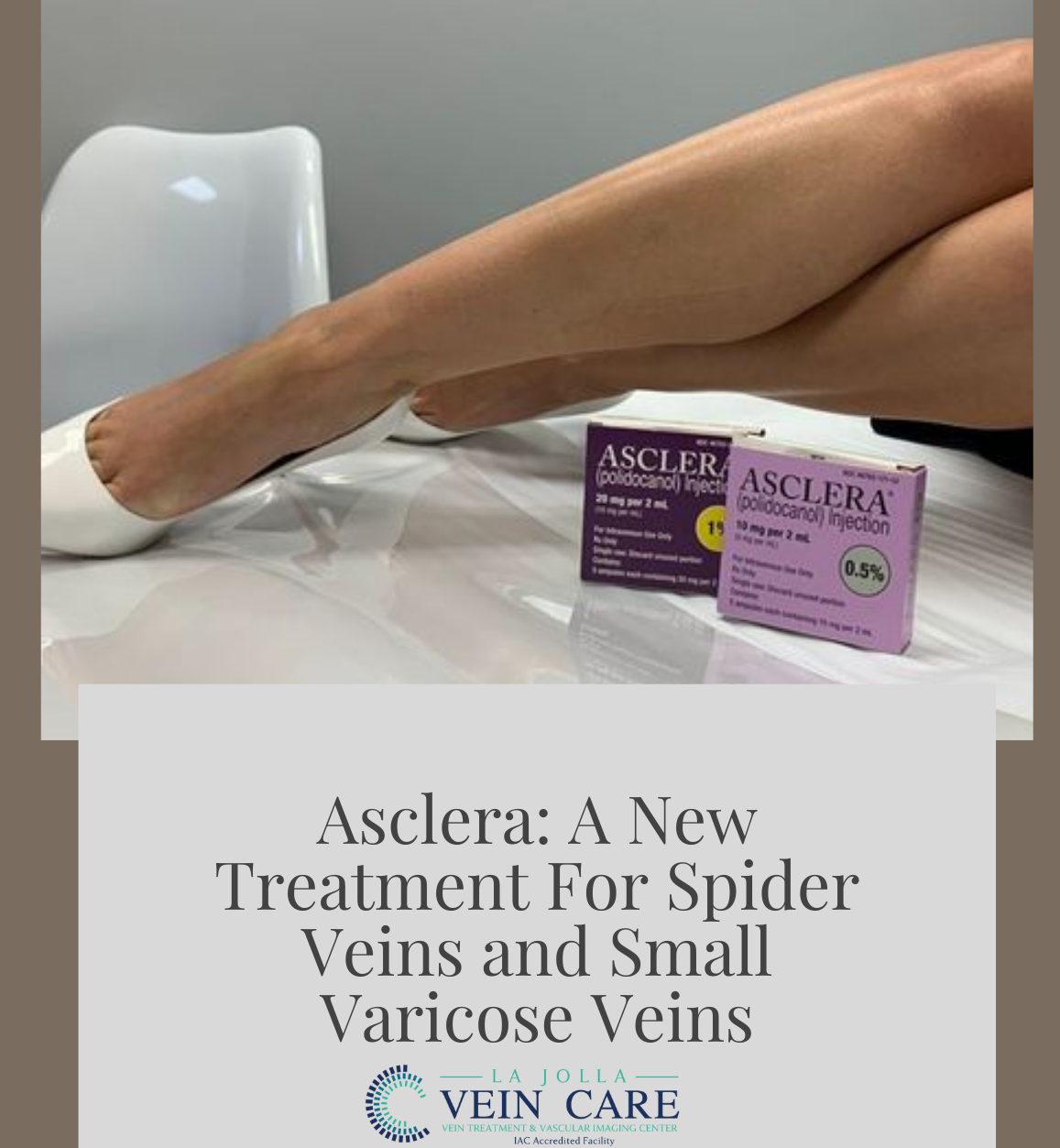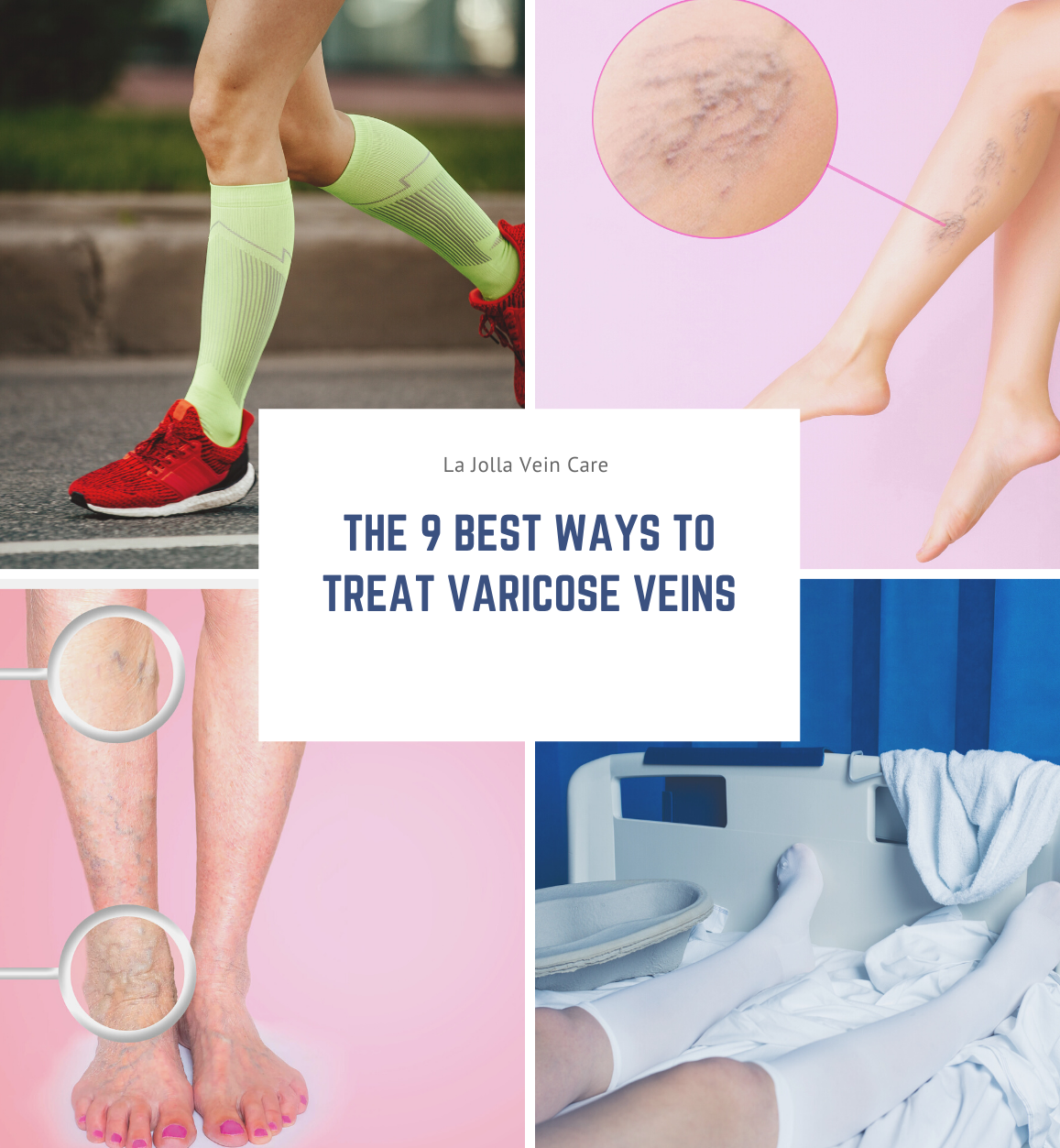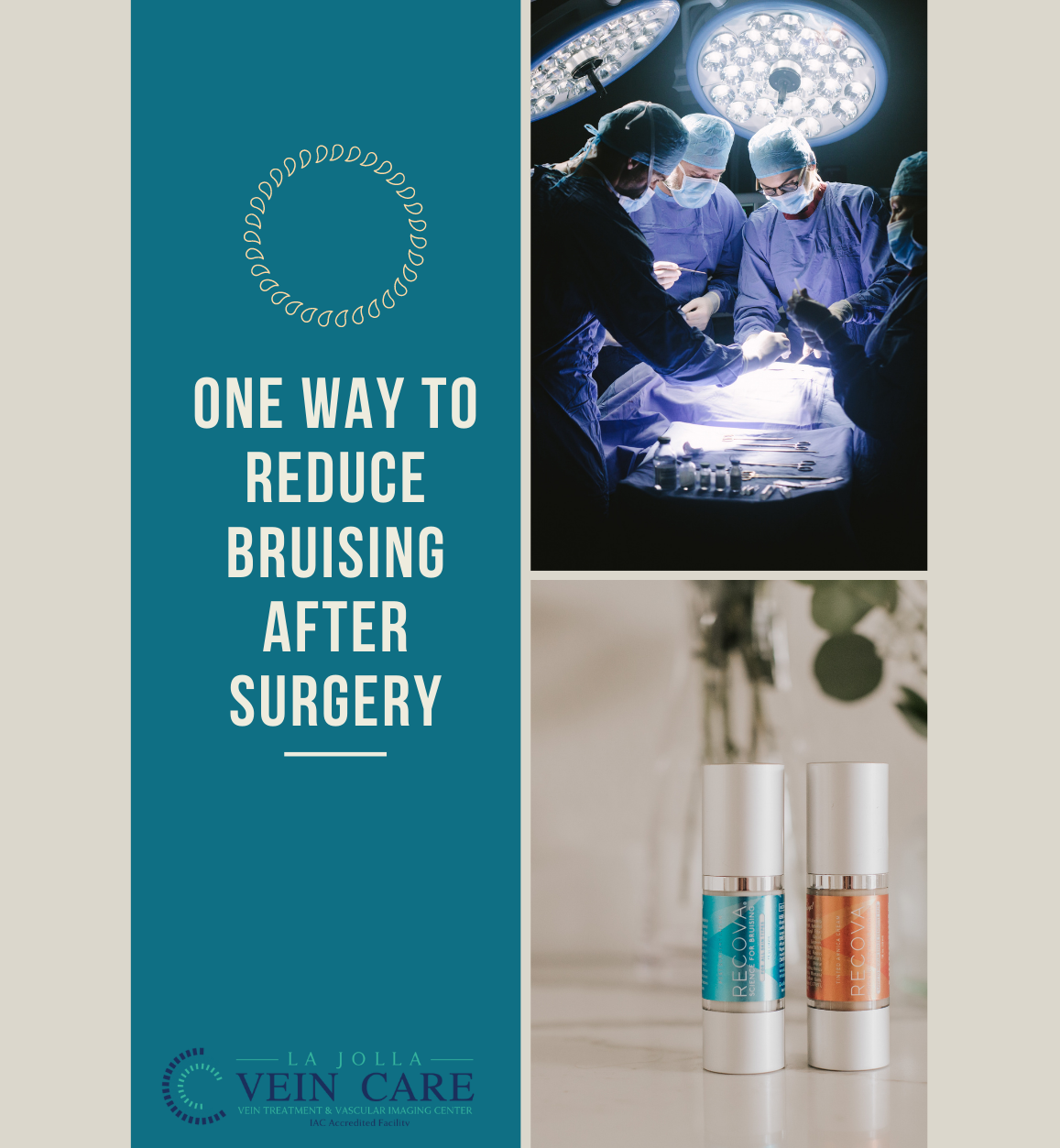The Truth About Restless Leg Syndrome
LJVascular2022-12-13T13:57:28-08:00The restless leg syndrome was a reported symptom in 30% of people who suffer from varicose veins, in our study.
Those who suffer from varicose veins often report a feeling of restless leg syndrome, especially at night when in bed. In our study, about 30% of patients […]







